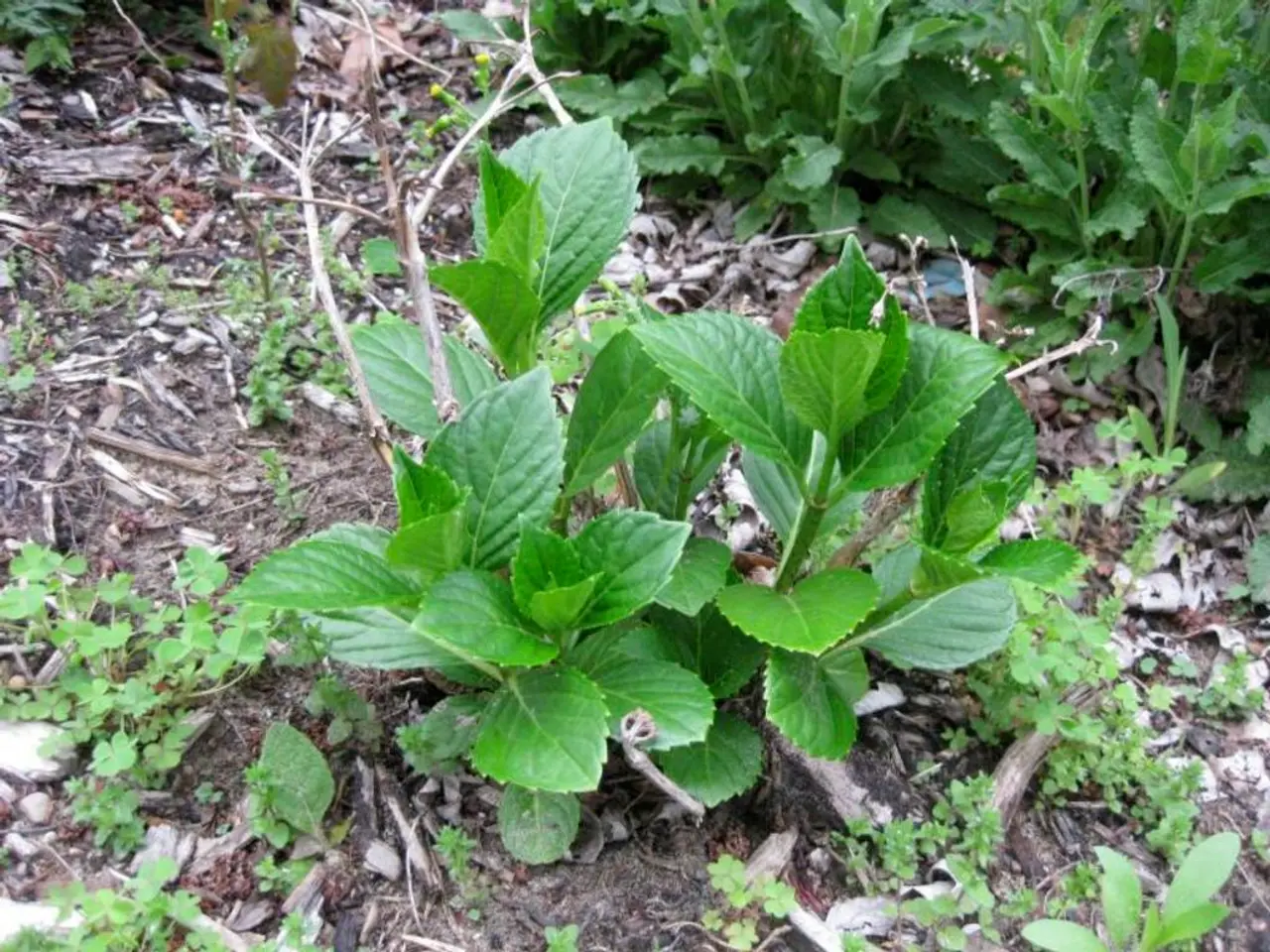Cultivating Herbs in Autumn: Useful Advice and Strategies
Growing a Vibrant Fall Herb Container Garden
Embarking on a herb gardening journey can be a rewarding and enjoyable experience, especially with the addition of a fall herb container garden. These gardens can thrive all year long, providing fresh herbs even during the cooler months.
Embracing the Seasons
Herb gardens can be grown during all four seasons, but the fall and winter seasons offer a unique opportunity to cultivate a variety of cool-season herbs. Herbs such as chives, cilantro, mint, parsley, rosemary, sage, thyme, oregano, tarragon, sorrel, caraway, and lemon balm are ideal for these seasons.
The Advantages of Container Gardening
A container garden is the best bet for a thriving herb garden all year long. This method allows for greater control over the growing conditions, such as drainage and soil quality, and makes it easier to move plants indoors when necessary. Container gardens can also extend the seasonality of herbs, allowing for a longer harvest period.
Tips for a Healthy Fall Herb Container Garden
To grow a healthy, long-lasting fall herb container garden, consider the following tips:
- Choose Appropriate Container Size and Type: Use wide, shallow containers for herbs like coriander and chervil, and deeper, wider containers for root crops or larger herbs. Containers with drainage holes are essential to prevent waterlogging. Glazed or plastic pots can help retain moisture.
- Plant Suitable Fall Herbs: Select cool-season herbs that thrive in autumn, such as coriander, chervil, sage, oregano, thyme, parsley, dill, and chamomile. Buy healthy starts from nurseries for quicker harvests, or sow seeds directly as temperatures drop.
- Group Compatible Herbs: Combining herbs with similar water and light needs can save space and simplify care. For example, group coriander and chervil in partial shade, and basil and parsley in sunnier spots.
- Use High-Quality Organic Potting Mix: Choose a nutrient-rich, organic soil mix with mycorrhizae to promote strong root growth and healthy plants.
- Water Consistently and Appropriately: Keep soil moderately moist but not waterlogged. Herbs like coriander require stable watering to avoid bolting, while rosemary prefers the soil to dry out slightly between watering.
- Consider Sunlight and Mobility: Start fall herbs in partial shade if planting while it's still warm, then move containers to sunnier spots as temperatures cool. Container mobility allows adjusting light exposure throughout fall.
- Regular Maintenance: Pinch back tips or trim herbs like thyme to encourage bushy growth and delay flowering, which extends the harvest period. Harvest frequently to promote new growth.
- Prepare Containers Properly: Ensure good drainage by using pots with holes, refresh the soil by removing dead plants and adding compost or fresh potting mix before planting fall herbs.
Following these tips will help create a productive, healthy, and long-lasting fall herb garden in containers, ideal for harvesting fresh herbs well into the cooler months.
Bringing Herbs Indoors
As the frost begins to settle, hardy herbs should be brought indoors to protect them from the cold. Planting herbs in September and October can help them settle into their garden more quickly.
Maintaining a Year-Long Herb Garden
For those looking to start their herb garden experience, a year-long herb garden subscription is available. A guide to maintaining herb freshness is also available for more information. When refreshing a summer herb garden with seasonal fall herbs, harvest summer herbs that won't tolerate cooler climate, remove old soil, add fresh soil, water well, and add appropriate nutrients.
[1] Container Gardening: Grow Your Own Herbs All Year Round. (2021). The Spruce. Retrieved from https://www.thespruce.com/container-gardening-herbs-4173382
[2] How to Grow Herbs in Containers. (2021). Garden Myths. Retrieved from https://gardenmyths.com/how-to-grow-herbs-in-containers/
[3] Growing Herbs in Containers. (2021). RHS. Retrieved from https://www.rhs.org.uk/advice/profile?id=134
[4] How to Water Herbs in Containers. (2021). The Spruce. Retrieved from https://www.thespruce.com/watering-herbs-in-containers-4173383
[5] Growing Cool-Season Herbs. (2021). University of Illinois Extension. Retrieved from https://web.extension.illinois.edu/cfivt/herbs/cool-season-herbs.cfm
- To prolong your herb gardening journey throughout the year, consider cultivating cool-season herbs during the fall and winter months, as part of a home-and-garden lifestyle.
- A container garden, brimming with fall herbs like sage, thyme, and parsley, can be a perfect addition to your wellness routine, providing fresh herbs that can enrich your meals and lifestyle.
- When the fall arrives and the frost begins to settle, move your hardy herbs indoors to protect them, ensuring a steady supply of fresh herbs all year round in your gardening endeavors.




